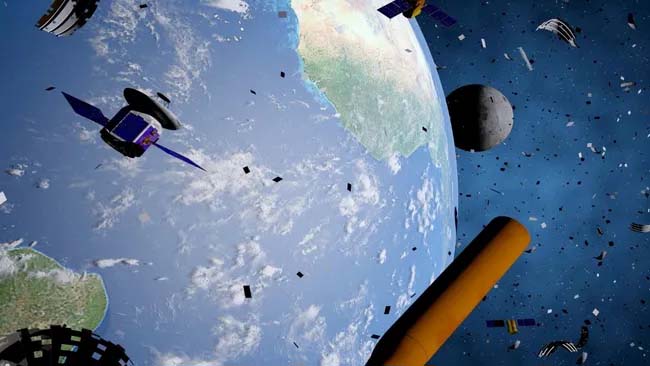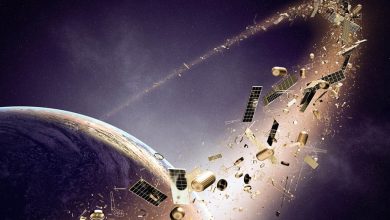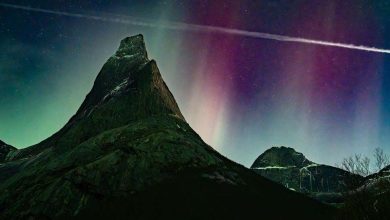The tragedy of the commons in space: the perils of orbital debris

SCIENCE: Scientists say humanity must start tackling the problem of growing space junk now, before it gets out of hand. Earth’s orbit is becoming increasingly crowded, with both active satellites and pieces of debris. There’s so much stuff out there that it’s not unreasonable to worry about Kessler syndrome, a nightmare scenario in which one or two collisions lead to many more, greatly increasing the amount of junk around our planet.
“We have to get serious about this and recognize that, unless we do something, we’re in danger of making a whole part of our Earth’s environment unusable,” Dan Baker, director of the Laboratory for Atmospheric and Space Physics at the University of Colorado, Boulder (UC-Boulder), said Wednesday (Dec. 11) on a panel at the 2024 meeting of the American Geophysical Union (AGU) in Washington, D.C.
There are more than 10,200 active satellites orbiting Earth, according to the European Space Agency (ESA). Most of these spacecraft are in low Earth orbit (LEO), located about 125 miles to 1,250 miles (200 to 2,000 kilometers) above our planet.
The vast majority of those LEO satellites — about 6,800 of them — belong to a single group: SpaceX’s Starlink broadband network.
These numbers are growing all the time, and could soon reach mind-boggling heights. For example, SpaceX wants the Starlink network to eventually house more than 40,000 spacecraft.





